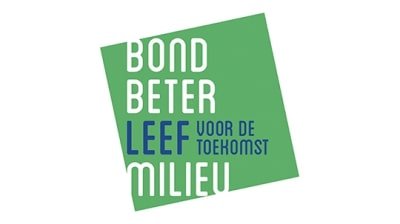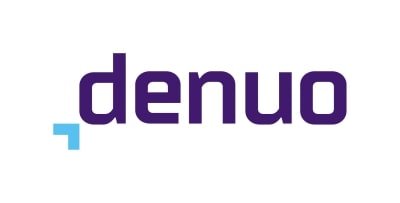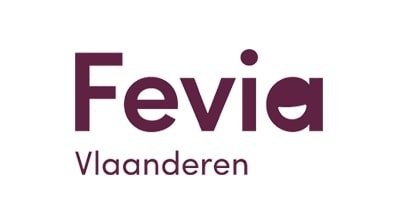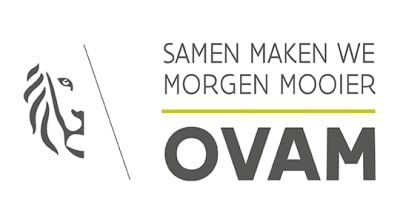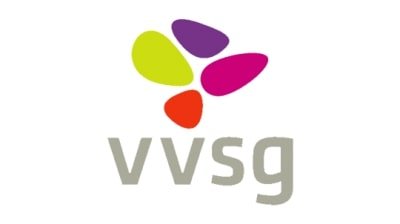Topics
We organise our actions in six thematic & strategic agendas:
Strategic Agendas:
Bio-economy
Circular Construction
Chemicals/Plastics
Manufacturing Industry
Food Chain
Water Cycles
Seven leverages provide additional support:
Leverage effects:
Lever Policy Instruments
Lever Circular Procurement
Lever Communication
Lever Innovation & Entrepreneurship
Lever Financing
Lever Jobs & Skills
Lever Research
What, why and how?
Why are we pursuing a circular economy?
Future visions 2050
How do we see our circular future?
About our management
Who steers what at Flanders Circular?
TOP-cycling atelier
Textile products get a new life
Through the TOP-atelier project (Textile Conversion Process Studio), the training fund of the Belgian fashion and clothing industry wants to build a professional production chain for the processing and reallocation of textile products. This was done on the basis of cooperation between various partners from the fashion and clothing sector, each with their own specific contribution and experience.
For example, we joined forces with various Flemish ready-to-wear clothing workshops that put their know-how and machinery at the disposal of designers, giving a creative reuse to textile waste flows. New possibilities were created and tested in practice and we also investigated which business models could make these ideas viable.
The results of this collaboration make clear which technologies, criteria and system adjustments are needed to give textiles a smooth, sustainable, high-quality and affordable repurposing.
During the workshop, we also focused on knowledge exchange and transparency. That way, everyone can learn as much as possible from each other. In order to pass on all this knowledge and allow everyone to benefit from the resulting know-how, a tool is currently being developed for the TOP workshop website.
IVOC vzw
Partners Creamoda vzw, Prospex Institute vzw, KOMOSIE vzw, DOEK vzw
Sectors
Themes
Organisations
MOST IMPORTANT
RESULTS
- We introduced both designers and various players from the textile industry to the upcycling production process and to the insights, new methods and scaling-up possibilities that go with it.
- We made consumers aware of the importance of upcycling by communicating through different channels (social media, website...) and by actively involving them in our story, e.g. in the valuation of products.
- Thanks to this project, lasting collaborations were created between designers and the industry (for example with Ecoso and Indecor De Pauw) and between designers themselves.
- Through Gerber Technology, an innovative cutting method was developed with which we can digitally cut new pattern parts and shapes from finished garments. An online guide about this cutting method is also available.
MOST IMPORTANT
LESSONS LEARNED
- Although transparency was an important requirement from the start of the project, designers were reluctant to give insight into their processes and share their knowledge. In the future, we want to focus more on this when drawing up the contracts.
- This project shows that many designers would benefit from following a number of basic training courses at the start of the project. Possible training courses would be: textiles, confectionery, technical vocabulary, garment maintenance and accounting.
- Bringing investors and designers together in a conscious manner can lead to very interesting synergies and it would be useful to scale this up. Moreover, it can help designers, who now mainly opt for familiar territory, to step out of their comfort zone in terms of business model.
- Good communication with suppliers is important. It must be clear that they are committed to an entire project, even if it is difficult. It is primarily an opportunity to contribute to a greater whole, rather than to make more profit.
WHAT DOES
THE FUTURE HOLD?
TOP-atelier was an interesting first step towards upcycling. We discovered the possibility of making new, high-quality textile products from finished garments and of scaling up that process.
Now there is a particular need for further research to give clothing upcycling even more clout. It is clear that we still need to optimise and innovate in a number of areas. For example, we need new sorting criteria in the sorting process in order to offer a basic stock to the upcycling industry. The cutting process could also use further optimisation of hardware and software to reduce the cutting time.
Furthermore, it is important to build a larger network around upcycling within the industry in order to stimulate mutual cooperation, for instance through an interactive online map with all players in the sector.
In addition, we would like to focus even more on sustainability. We have already succeeded in raising awareness among consumers, and now we want to focus even more on sustainability among clothing manufacturers and suppliers.
Finally, we want to bring investors and designers into even more conscious contact with each other. This could encourage designers to focus not only on the design phase, but also on their business model.


